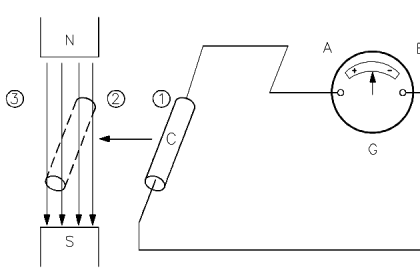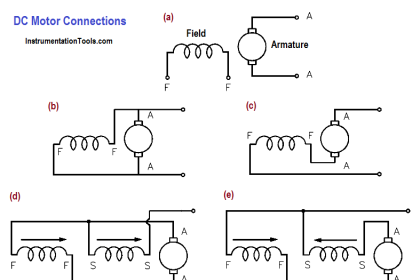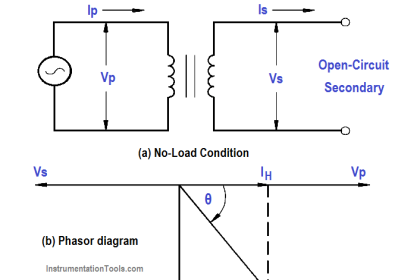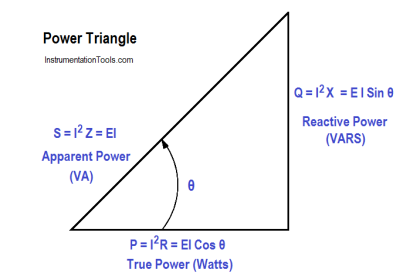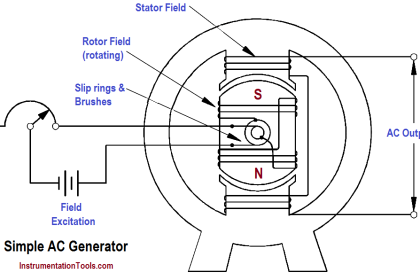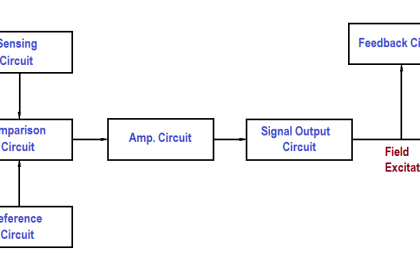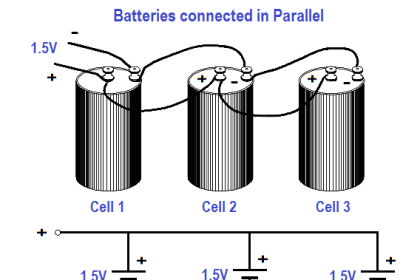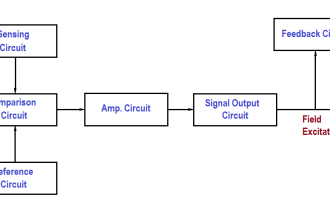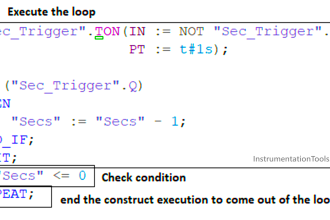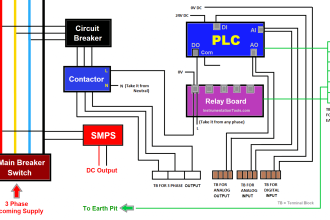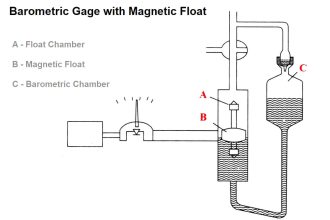Motor controllers range from a simple toggle switch to a complex system using solenoids, relays, and timers. The basic functions of a motor controller are to control and protect the operation of a motor.
Motor Controllers
Motor controllers range from a simple toggle switch to a complex system using solenoids, relays, and timers. The basic functions of a motor controller are to control and protect the operation of a motor. This includes starting and stopping the motor, and protecting the motor from overcurrent, undervoltage, and overheating conditions that would cause damage to the motor.
There are two basic categories of motor controllers:
- the manual controller and
- the magnetic controller.
Manual Controllers
A manual controller, illustrated by Figure 1, is a controller whose contact assembly is operated by mechanical linkage from a toggle-type handle or a pushbutton arrangement. The controller is operated by hand.
The manual controller is provided with thermal and direct-acting overload units to protect the motor from overload conditions. The manual controller is basically an “ON-OFF” switch with overload protection.
Manual controllers are normally used on small loads such as machine tools, fans, blowers, pumps, and compressors. These types of controllers are simple, and they provide quiet operation. The contacts are closed simply by moving the handle to the “ON” position or pushing the START button. They will remain closed until the handle is moved to the “OFF” position or the STOP button is pushed. The contacts will also open if the thermal overload trips.
Manual controllers do NOT provide low voltage protection or low voltage release. When power fails, the manual controller contacts remain closed, and the motor will restart when power is restored. This feature is highly desirable for small loads because operator action is not needed to restart the small loads in a facility; however, it is undesirable for larger loads because it could cause a hazard to equipment and personnel.
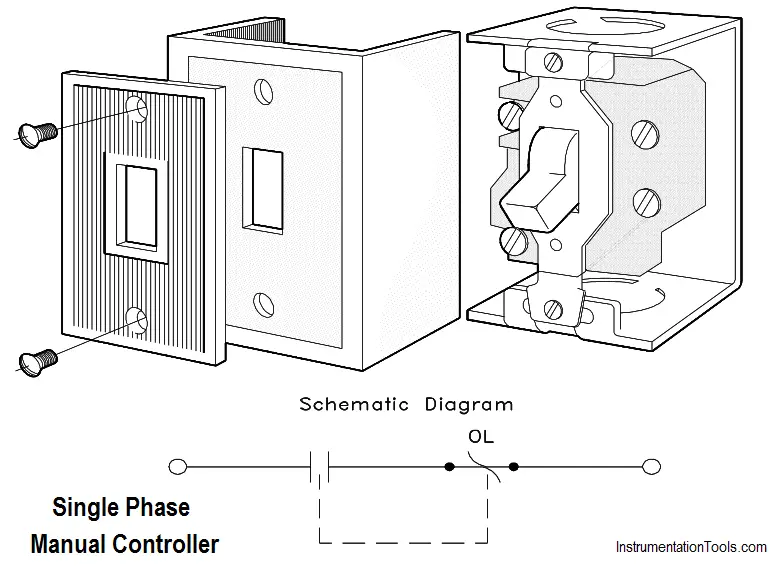
Figure 1 : Single Phase Manual Controller
Magnetic Controller
A large percentage of controller applications require that the controller be operated from a remote location or operate automatically in response to control signals. As discussed, manual controllers cannot provide this type of control; therefore, magnetic controllers are necessary.
Basic operations using a magnetic controller, such as the closing of switches or contacts, are performed by magnetic contactors. A magnetic controller is one that will automatically perform all operations in the proper sequence after the closure of a master switch. The master switch (for example, float switch, pressure switch, or thermostat) is frequently operated automatically. But in some cases, such as pushbuttons, drum switches, or knife switches, the master switch is manually operated. Figure 2 shows a typical magnetic controller and its component parts.
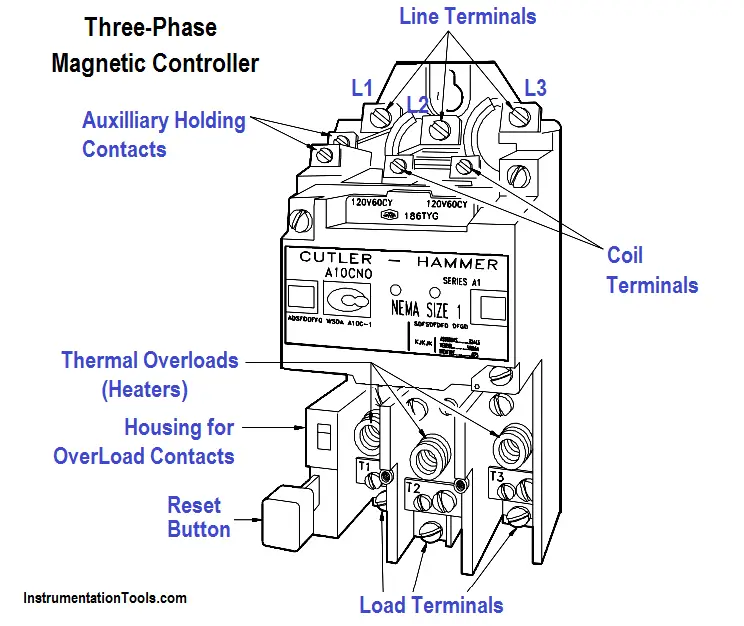
Figure 2 : Typical Three-Phase Magnetic Controller
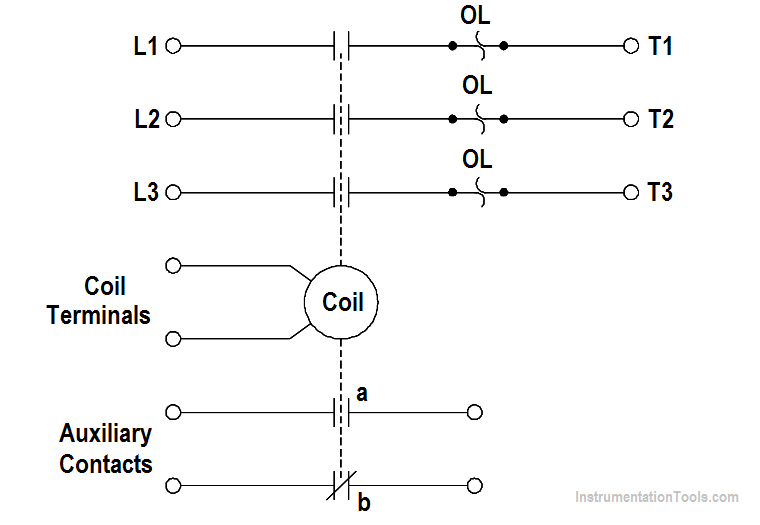
A magnetic contactor (Figure 2) is a device operated by an electromagnet.
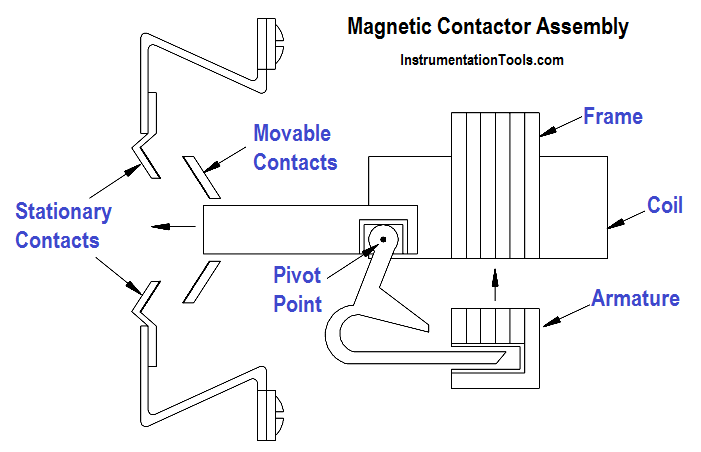
Figure 3 : Magnetic Contactor Assembly
The magnetic contactor consists of an electromagnet and a movable iron armature on which movable and stationary contacts are mounted. When there is no current flow through the electromagnetic coil, the armature is held away by a spring. When the coil is energized, the electromagnet attracts the armature and closes the electrical contacts.
Overload devices are incorporated into magnetic controllers. These overload devices protect the motor from overcurrent conditions that would be extremely harmful. There are many types and forms of overload devices. The following types of overload devices are commonly used in motor-control equipment.
- Fuses
- Thermal overloads
- Magnetic overloads
The thermal overload device is shown in Figure 2.
